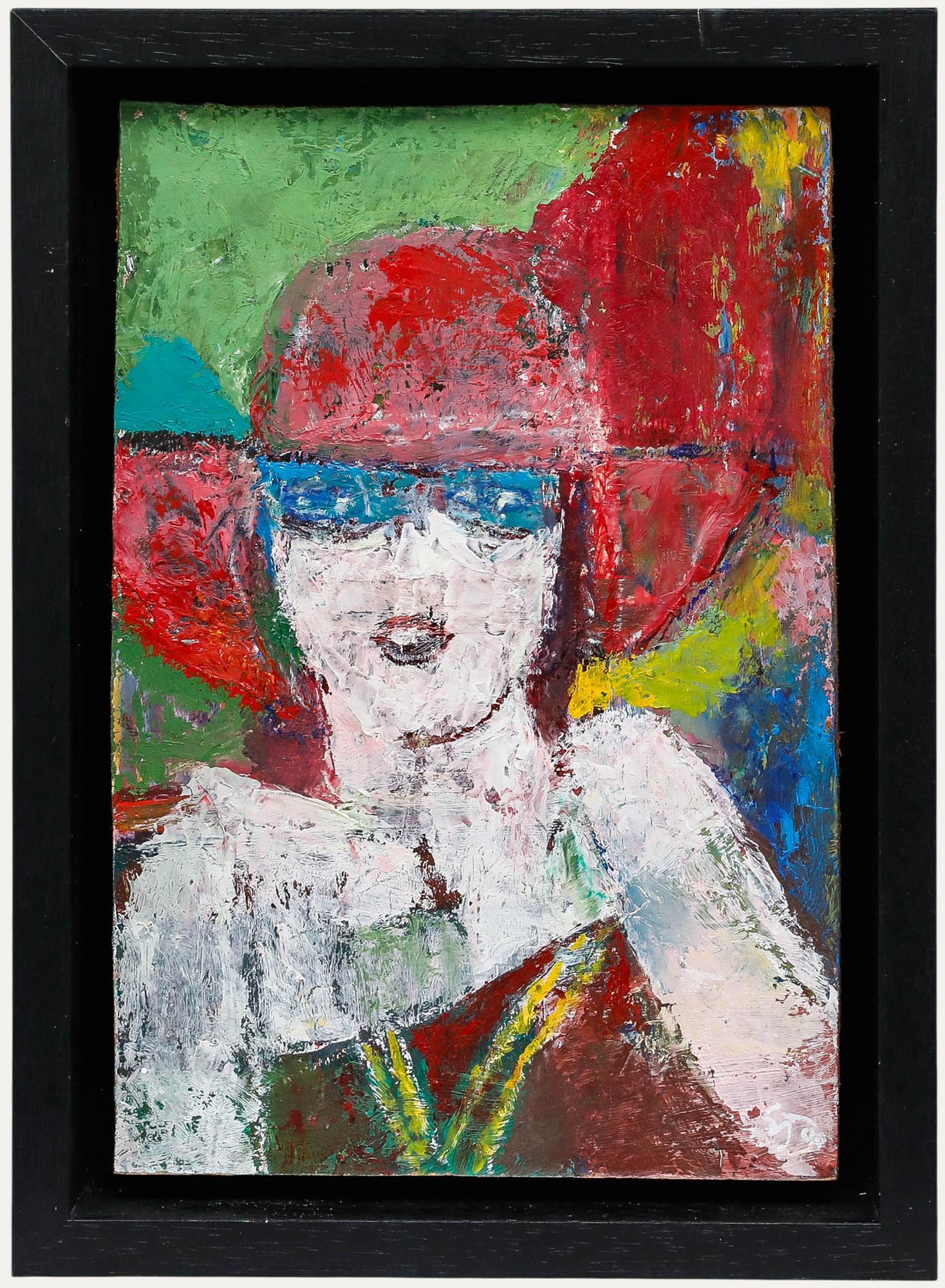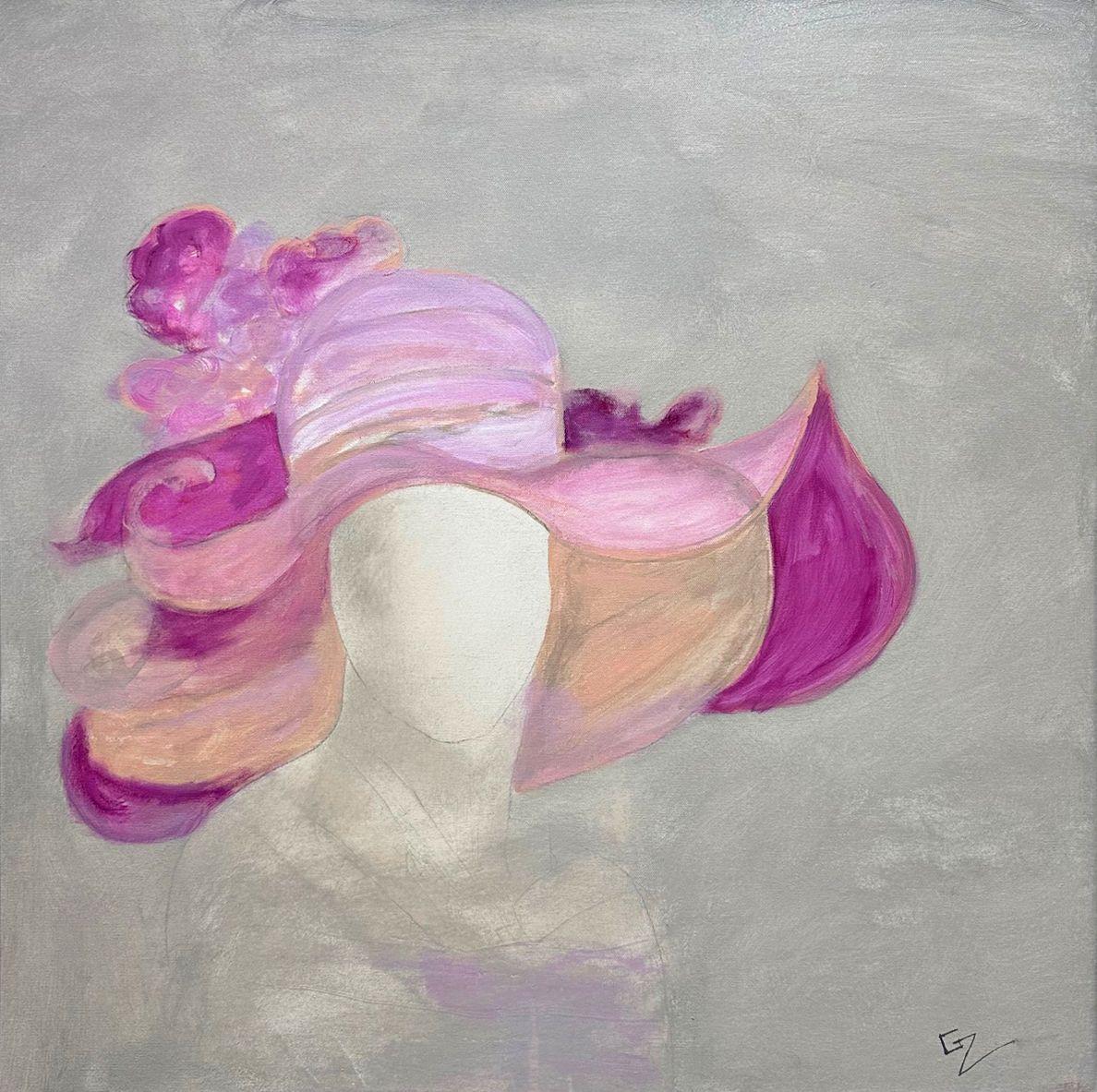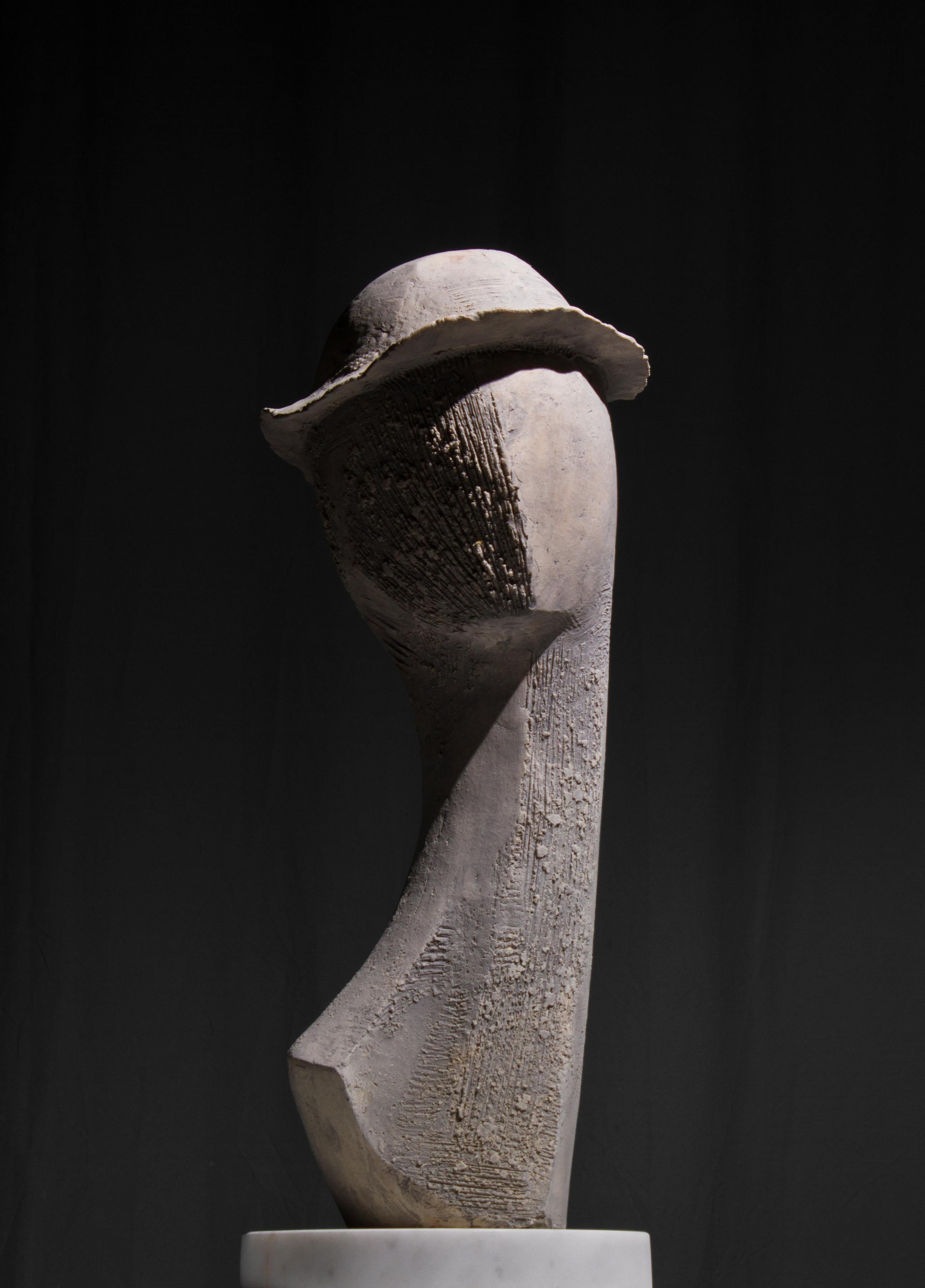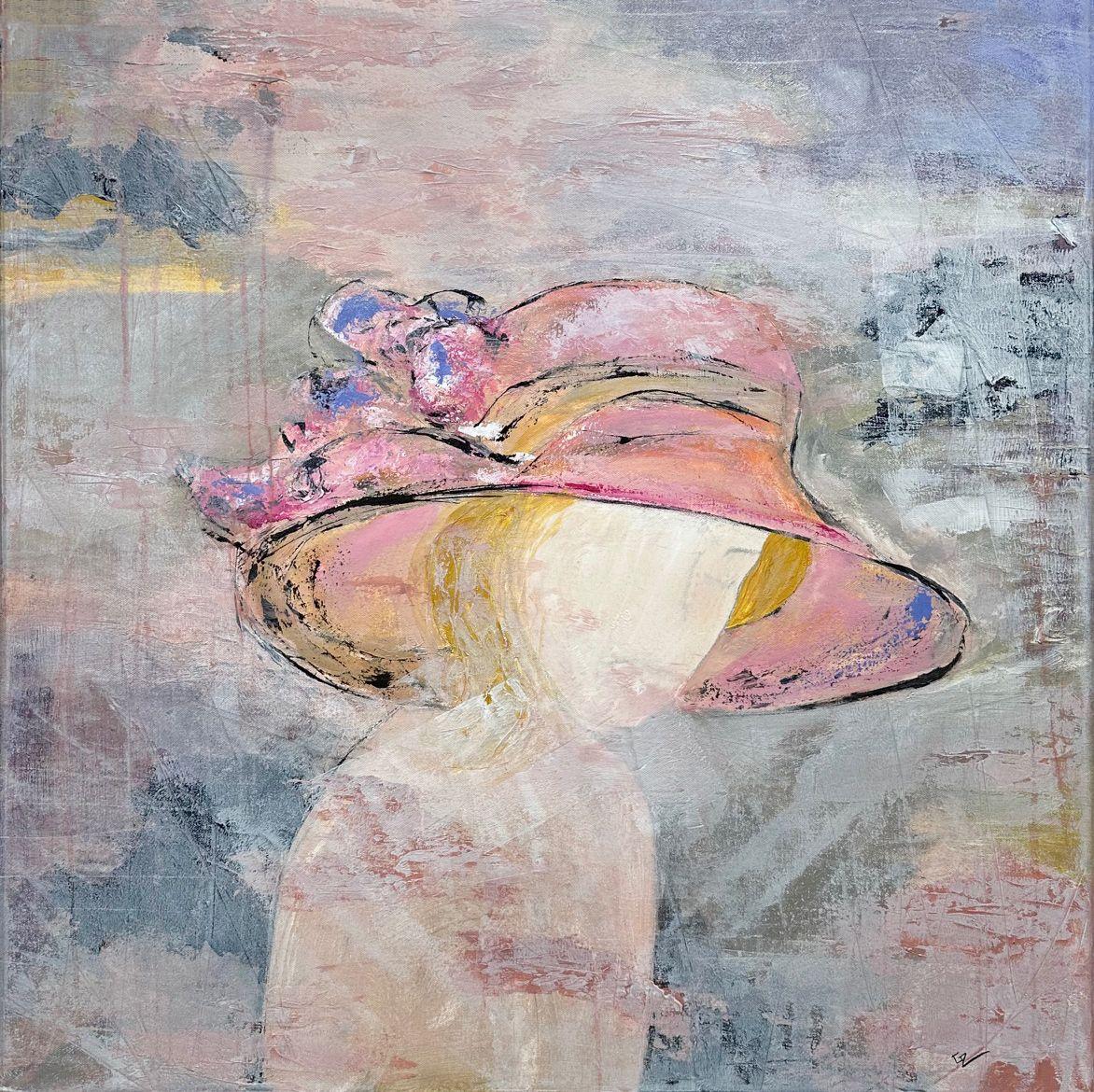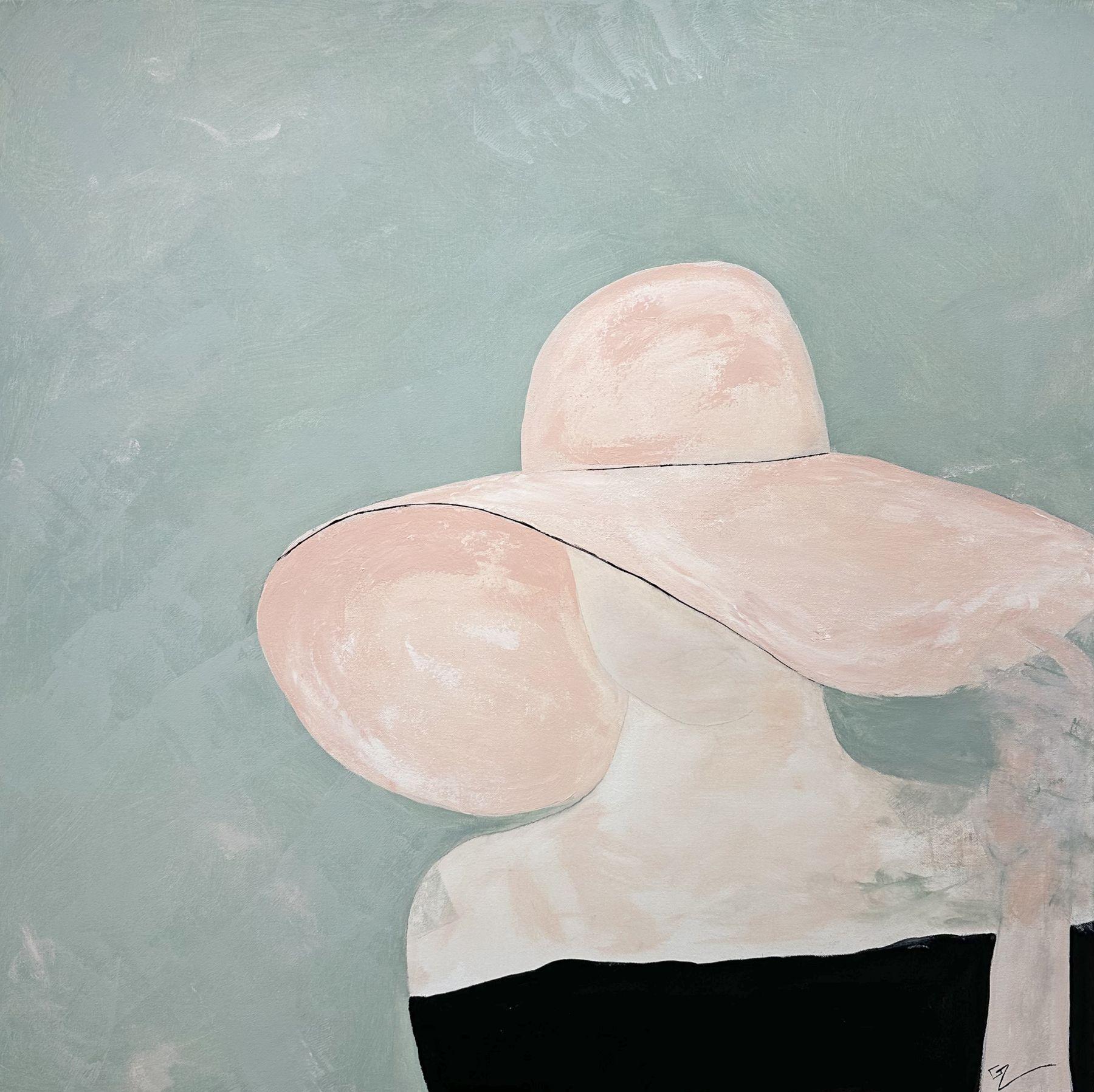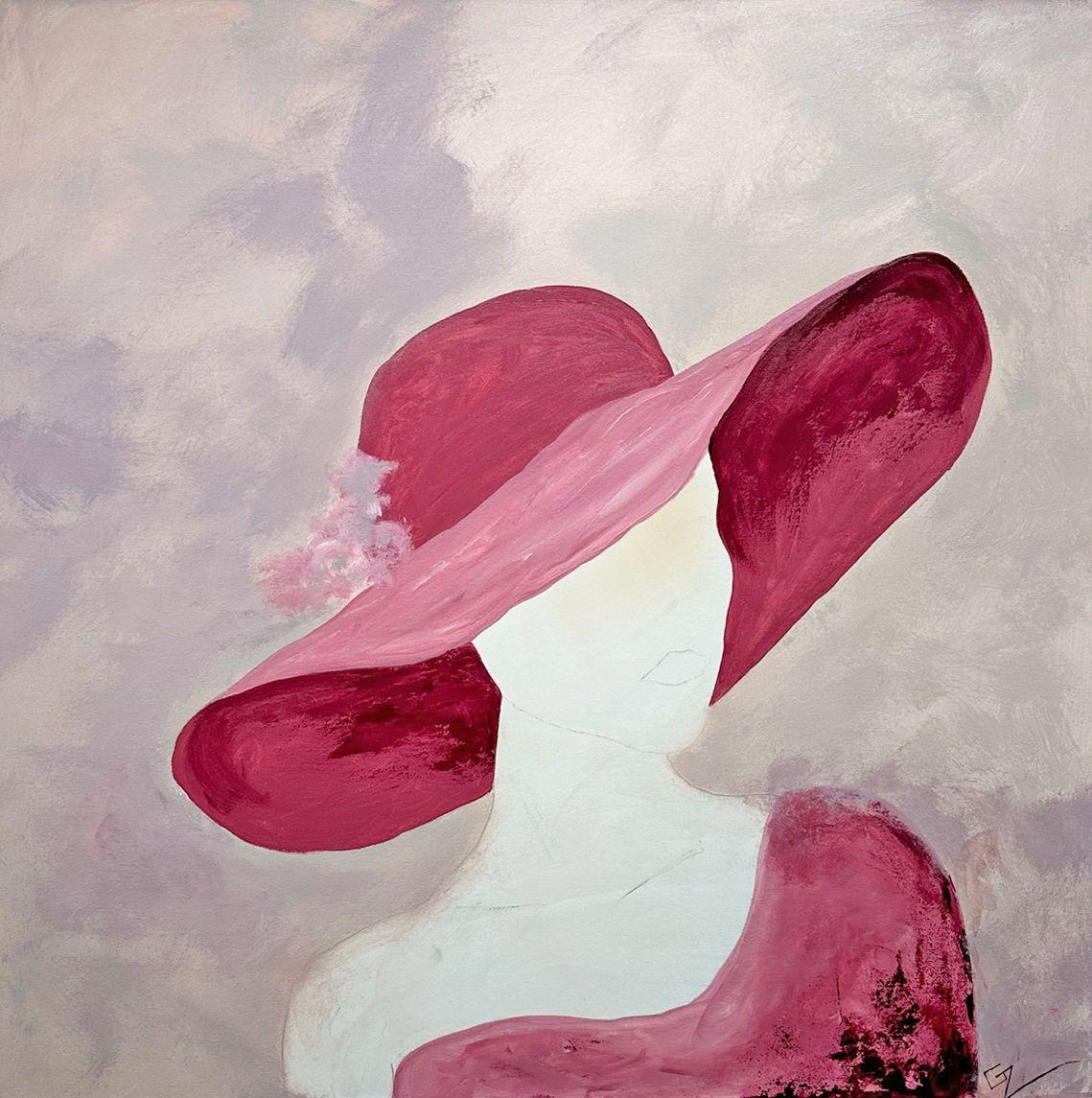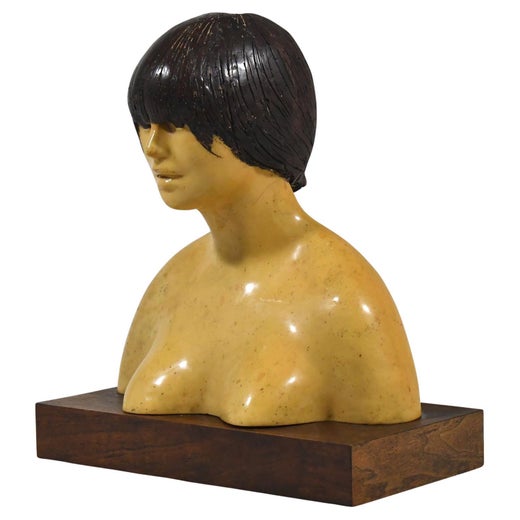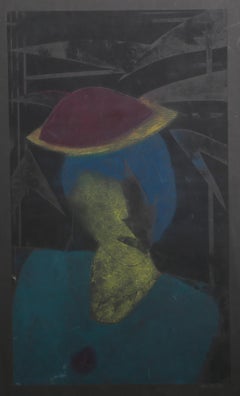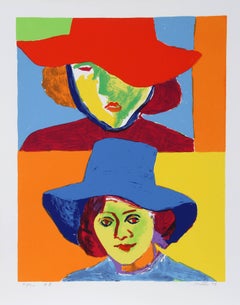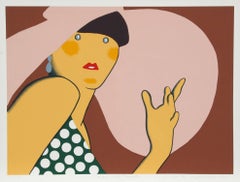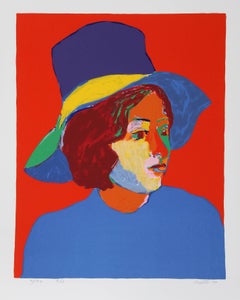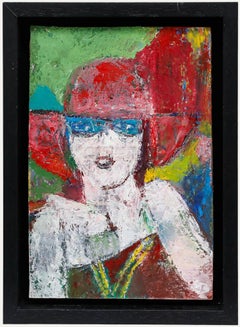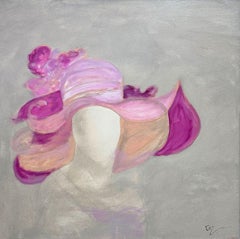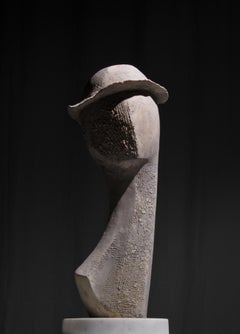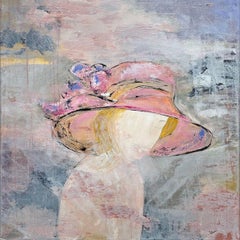Frank GalloPink Hat, Impressionist Portrait on Ceramic Tile by Frank Gallo
About the Item
- Creator:Frank Gallo (1933, American)
- Dimensions:Height: 23.5 in (59.69 cm)Width: 23.5 in (59.69 cm)
- Medium:
- Movement & Style:
- Period:
- Condition:
- Gallery Location:Long Island City, NY
- Reference Number:Seller: RO734101stDibs: LU4664821032
Frank Gallo
Frank Gallo, a sculptor was born in Toledo, Ohio, in 1933. From 1960, he was a professor of sculpture at the University of Illinois. He studied art from 1951–59 at the University of Toledo, Cranbrook Academy of Art, Bloomfield Hills, Michigan and the State University of Iowa. In the late 1950s, Gallo began to use the material polyester resin reinforced with fiberglass, which gives his sculpture a viscous finish. Although he is noted for his studies of women, some of whom are fancifully and colorfully clad, Gallo has also made sculptures of men, including Abraham Lincoln.
- ShippingRetrieving quote...Shipping from: Long Island City, NY
- Return Policy
More From This Seller
View All1960s Modern Portrait Prints
Etching
1970s Contemporary Portrait Prints
Screen
1980s Pop Art Figurative Prints
Screen
1970s Contemporary Portrait Prints
Screen
1980s American Impressionist Figurative Paintings
Paper, Pastel, Mixed Media, Permanent Marker, Graphite
1960s Expressionist Portrait Drawings and Watercolors
Watercolor
You May Also Like
20th Century Portrait Paintings
Oil
2010s Impressionist Figurative Paintings
Canvas, Oil
21st Century and Contemporary Abstract Geometric Figurative Sculptures
Ceramic
2010s Impressionist Figurative Paintings
Canvas, Oil
2010s Impressionist Figurative Paintings
Canvas, Oil
2010s Impressionist Figurative Paintings
Canvas, Oil
Read More
Romare Bearden’s Humanity Infuses His Bright, Bold Art
Through collage, painting and printmaking, the artist foregrounded Black life in America in revolutionary new ways.
Chryssa’s 1962 Neon Sculpture Was Way ahead of the Art-World Curve
By working with lettering, neon and Pop imagery, Chryssa pioneered several postmodern themes at a time when most male artists detested commercial mediums.
